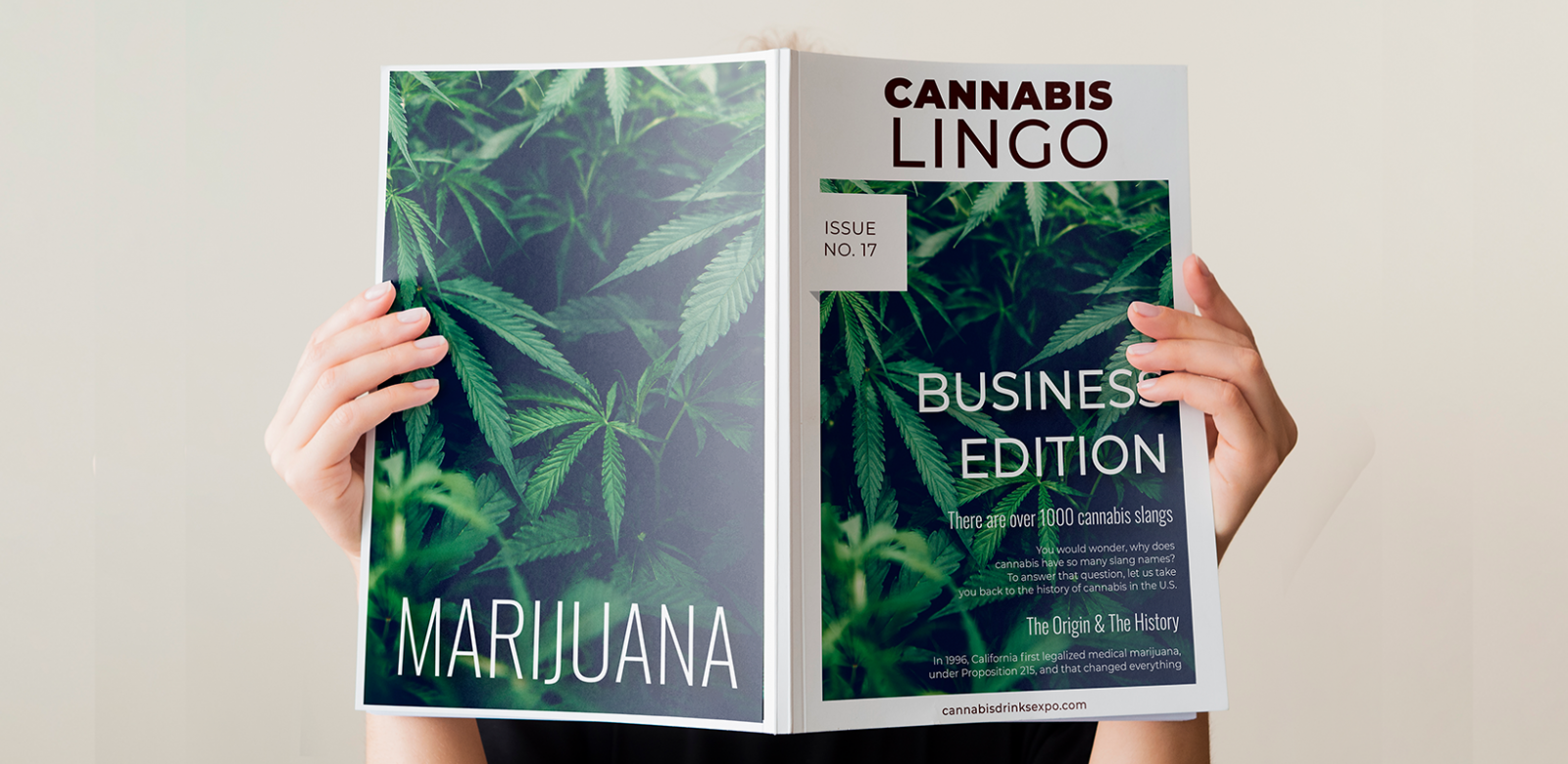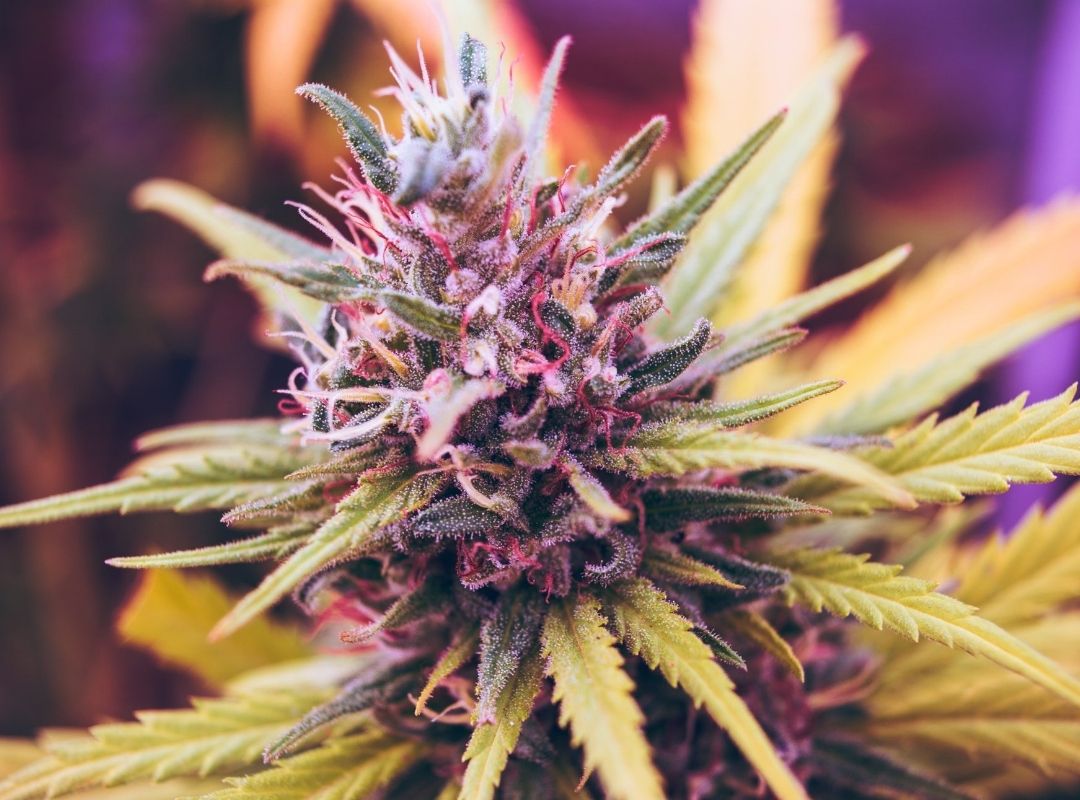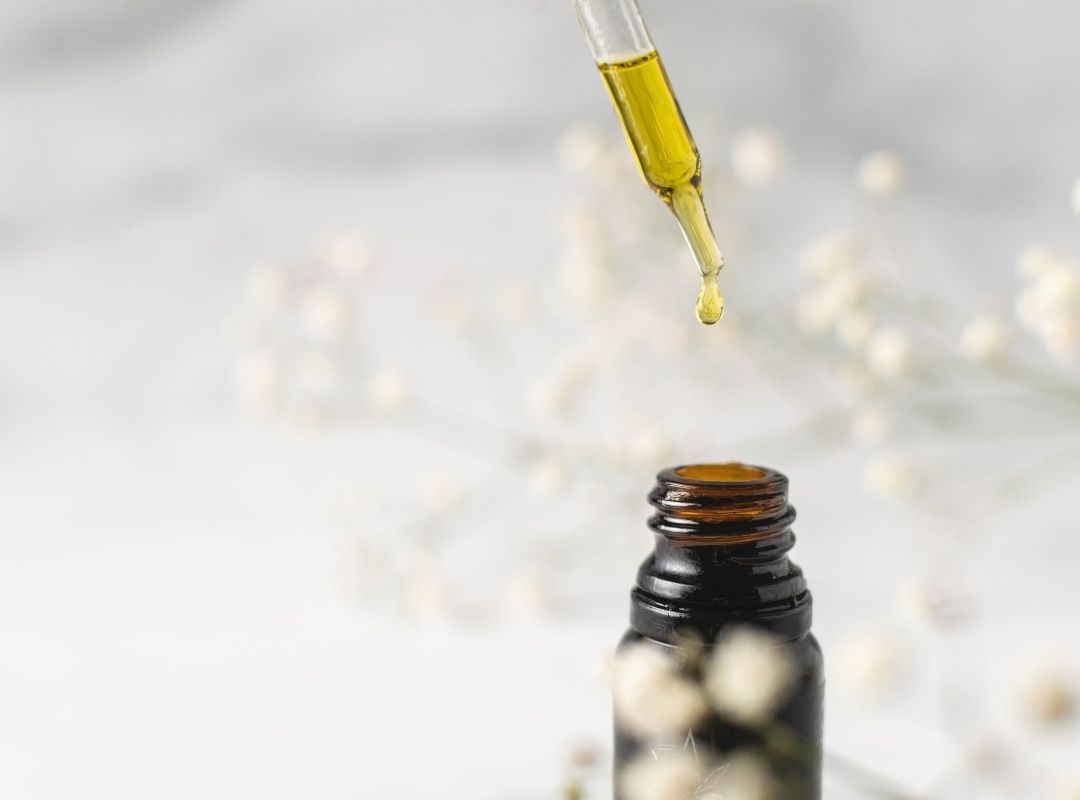
Insights
Cannabis Lingo You Need To Know: Business Edition
Let's dive into the origin of cannabis slang & some of the business terms that you ought to know if you are stepping into the cannabis industry
Cannabis lingo - what comes to your mind when you hear this term? Probably weed, marijuana, reefer, pot, dope, ganja, grass, and the list go on. Jonathan Green, the author of ‘Green’s Dictionary of Slang,’ said that cannabis has over 1,000 slang terms. And that’s just in English!
You would wonder, why does cannabis have so many slang names? To answer that question, let us take you back to the history of cannabis in the U.S.
The Origin
It all started when ‘The Marijuana Tax Act of 1937’ came into existence - under which the importation, cultivation, possession, and/or distribution of marijuana were controlled. Later, in 1970, marijuana was classified as a Schedule I Controlled Substance.
Now, with cannabis being illegal for decades, anyone looking to buy marijuana needed to speak in code. That is how cannabis slang came into existence.

History
Soon, things started changing. In 1996, California first legalized medical marijuana, under Proposition 215, and that changed everything. The US cannabinoid industry has experienced exponential growth since then. As of January 2018, there were 30 U.S. states and the District of Columbia where marijuana has been legalized in some form.
There were already more than 1000 slang words in the cannabis industry, but they were quite consumer-centric. The lack of standard terminology was still a barrier to communication in business and science.
The globalization of the cannabis and hemp market captivated the eyes of organizations interested in regulating the nomenclature within the industry. Because when you share the same language, you can do business better.
To build that shared cannabis language, MJBizDaily gathered input from industry contributors and experts at the 2020 MJBizCon Emerald Conference. They presented proposed definitions, had an active discussion, then voted on whether the proposed definition should be adopted.
Here are some of the cannabis business terms that were established:
Biomass, Extraction Grade
Original definition: In layman's terms, biomass refers to the stalks, stems, and leaves of the plant. In the cannabis industry, the cannabis plant material harvested from the field for cannabinoid extraction is called biomass. The output consists of cannabis flowers, leaves, and stems dried to a moisture content less than or equal to 12% of the dry matter.
Final Definition: Harvested Cannabis sativa (including hemp) plant matter.
Biomass, Flower

In Frame: Cannabis Flower
Original definition: The part of the marijuana plant that contains all the cannabinoids is known as flower. Flower is harvested, climate-controlled, cured, dried to a moisture content less than or equal to 12% dry weight, and trimmed for the specific purpose of retail sale as a consumer product. Biomass flowers should be free of molds, mildews, pesticides, herbicides, and other contaminants.
Final Definition: The flowering portion of the plant, generally denser in trichomes, cannabinoids, and terpenoids than the rest of the plant matter such as stalks and fan leaves.
Crude oil
Original definition: Crude is the cannabinoid-containing biomass purified using CO2 supercritical extraction or other equivalent extraction methods to extract cannabinoids to an oil state. The obtained liquid is a thick but viscous liquid that is amber to gold-colored, typically exceeding 50% cannabinoid concentration.
Final Definition: Material extracted from cannabis (including hemp), often with solvent-based extraction methods, that includes compounds of interest (usually cannabinoids and terpenes), lipids, and waxes.
Winterized oil
Original definition: Winterized crude oil is the non-winterized crude oil that has been further refined by the process of winterization and decarboxylation to remove various waxes, lipids, chlorophyll, and other unwanted plant material. The resulting product is an amber- to gold-colored liquid, typically exceeding 50% cannabinoid concentration.
Final Definition: Material, often an oil, is refined to remove lipids and waxes from crude.

In Frame: Cannabis extracted oil
Distillate oil
Original definition: The distillate is a highly purified extract containing a cannabinoid potency exceeding 75%. The distillation process involves the use of solvents such as butane or alcohol or solvent-free extraction methods to obtain gold to clear viscous liquid. Full-spectrum distillate contains an uninterrupted and complete cannabinoid profile, showing measurable amounts of CBD, THC, and other cannabinoids such as CBG, CBC, CBN, etc.
Final Definition: Material refined from cannabis (including hemp) concentrate, using distillation to separate compounds of interest. Often found to contain high percentages of single compounds.
Isolate
Original definition: Isolate is a pure white crystalline powder exceeding 98% for a single cannabinoid. During the purification process, all organic plant matter such as waxes, chlorophyll, and plant oils is removed, resulting in a highly concentrated product free from other cannabinoids.
Final Definition: Material comprised of near-pure single compounds of interest.
Initiating standardized nomenclature is a huge task and will require ongoing efforts. Hopefully, the cannabis lexicon will keep evolving and expanding, and will eventually have globally recognized business slang.



